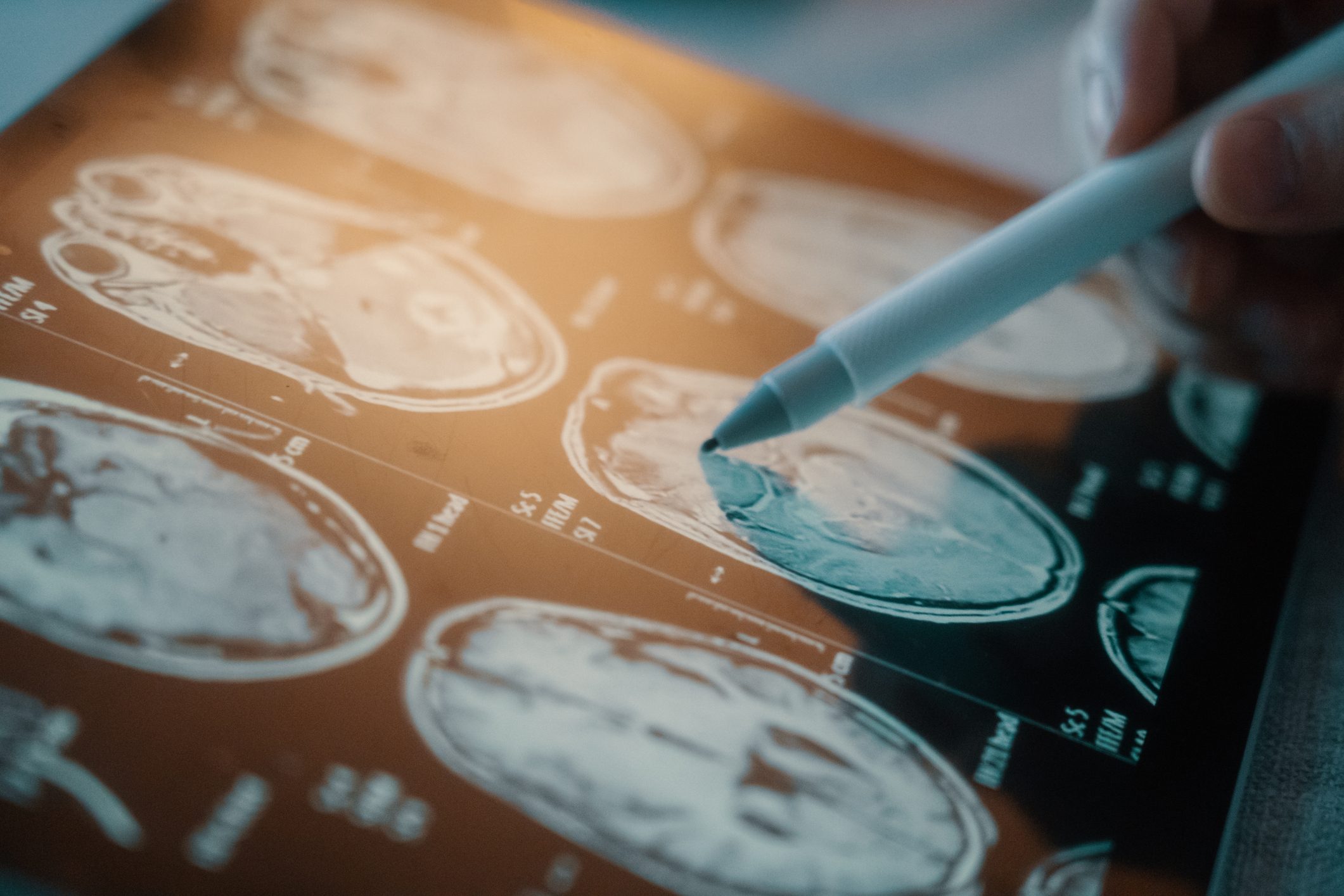More than 90 million Americans need it each year—but there may be sites of the body, and patients, most vulnerable to the side effects.

New Study: This Common Procedure May Increase Cancer Risk

There are reasons your radiology tech asks whether you have any co-occurring conditions before you put on that heavy apron for medical imaging. In particular, while the Cleveland Clinic notes that computed tomography scans—often referred to as a “CT” or “CAT scan”—is a procedure that 93 million Americans undergo each year that new research says may call for protection…especially when it’s administered to certain areas of the body.
The Cleveland Clinic stresses that CT scans are generally considered safe, and the American Cancer Society notes: “Radiation experts believe that if imaging tests do increase the risk of cancer, the increase in risk is likely to be very small.” A CT is typically used as a diagnostic measure to detect a condition such as a tumor.
Like many imaging tests, CT scans emit a small amount of radiation, and a group of researchers set out to get clearer answers on how consequential the effects of that exposure might be. (That question may be especially pertinent for patients who have had cancer and need to continue with routine scans to monitor any recurrence.)
Publishing their study in the American Medical Association’s JAMA Internal Medicine, five researchers with the University of California, as well as three others with the University of Florida, Kaiser Permanente in Washington, and London’s Institute of Cancer Research, set out to learn how radiation exposure from CT scans could influence future cancer cases.
The researchers assessed data gathered by the University of California San Francisco International CT Dose Registry between January 2018 and December 2020. Starting in October 2022, they developed a risk model to predict the number of Americans who could develop cancer after receiving a CT scan.
Of the 61.51 million patients who underwent 93 million CT scans in 2023, the researchers reported: “Approximately 103,000 radiation-induced cancers were projected to result from these examinations.”
They added: “Estimated radiation-induced cancer risks were higher in children and adolescents, yet higher CT utilization in adults accounted for most.” It appears that more frequent exposure indeed led to higher incidence. Patients under one year were shown to be particularly vulnerable, and that risk lowered as children’s ages increased.
Further, the analysis narrowed in on the abdomen, pelvis, and pulmonary region (chest) as potentially the most vulnerable sites.
Additional studies are necessary to provide more concrete results. However, the researchers caution, “If current practices persist, CT-associated cancer could eventually account for 5% of all new cancer diagnoses annually … This would place CT on par with other significant risk factors, such as alcohol consumption (5.4%) and excess body weight (7.6%).”
While the results of this study may be alarming, it’s important to note that CT scans can also be life-saving by detecting conditions, like tumors, that could otherwise go unseen and untreated.
For daily wellness updates, subscribe to The Healthy by Reader’s Digest newsletter and follow The Healthy on Facebook and Instagram. Keep reading:




















